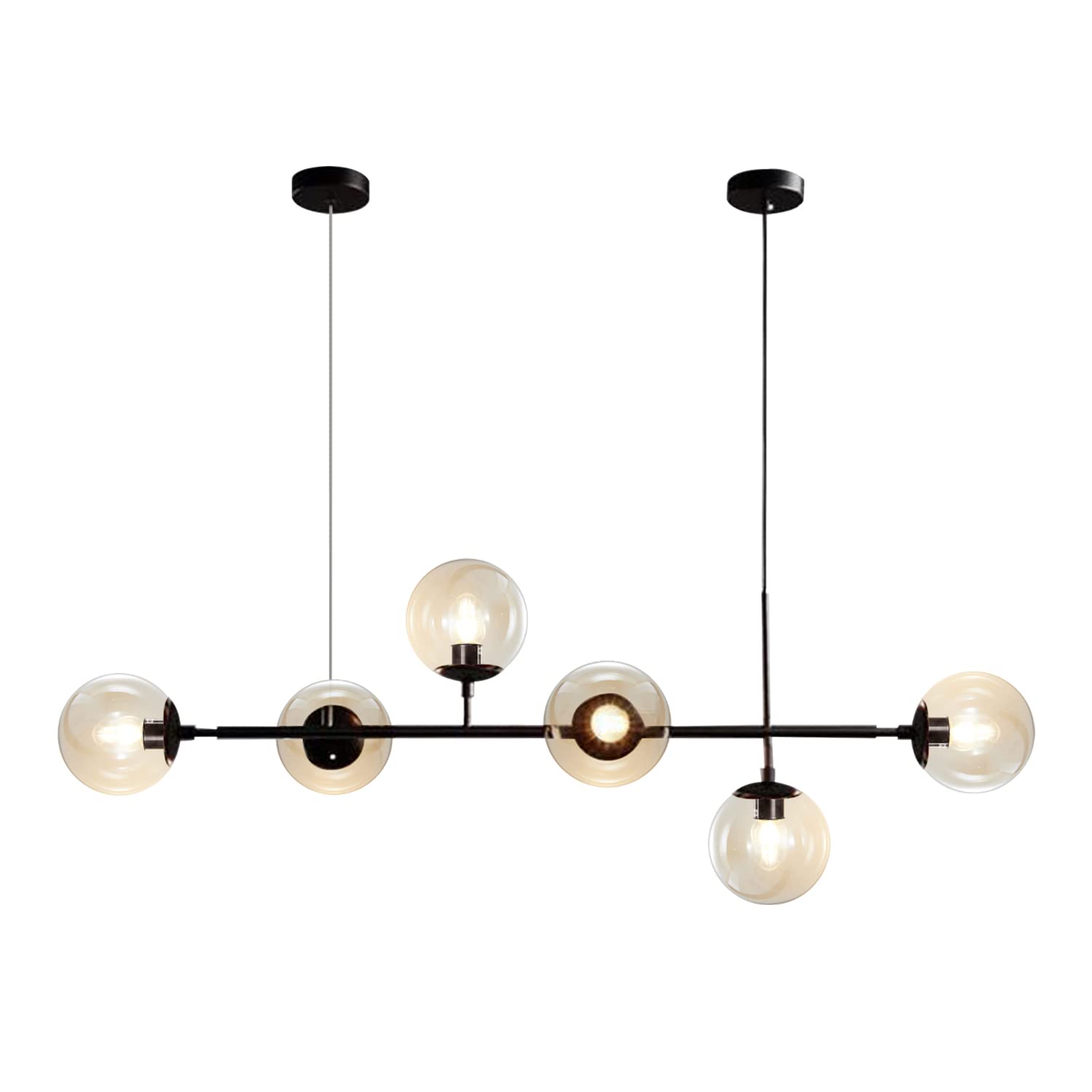Atomic Interior Design, also known as Atomic Age or Space Age design, emerged between the 1940s and the early 1960s, a period heavily influenced by the societal impacts of the Cold War, nuclear technology, and space exploration. This fascinating era in design is characterized by its futuristic aesthetics and innovative materials, reflecting both optimism for technological advancements and the pervasive anxiety of nuclear threats. To dive deeper into these stylish space age interiors, check out Retro Futurism Decor.

Atomic Interior Design is visually distinguished by its use of geometric patterns, atomic motifs, and space-themed elements. The visual language of this style encapsulates the era’s enthusiasm for science and technology, particularly atomic science and space exploration.

The era's design elements were prominently showcased in exhibitions such as "Vital Forms: American Art and Design in the Atomic Age, 1940–1960." This exhibition highlighted abstract organic forms and free-form biomorphic shapes, reflecting contemporary scientific discoveries like x-ray technology.
There is significant overlap between Atomic Interior Design and the mid-century modern trend. Both styles share an appreciation for clean, sleek lines, minimalistic furniture, and futuristic aesthetics. A key sub-movement within this overlap is Googie architecture, identified by its bold use of space-age themes in commercial structures. The 1960s Interior Design Trends are making a big comeback, showing how timeless these designs are.
Beyond architecture, the Atomic Age aesthetic extended into various consumer products, including fashion and furniture. Designers like Pierre Cardin and Paco Rabanne embraced Space Age themes, introducing innovative materials like vinyl and metal into their collections. Trends such as go-go boots and geometric apparel designs became widely popular.
The period produced several iconic furniture designs characterized by their innovative use of new materials and sculptural forms. Some of the most notable pieces include:

| Furniture Piece | Designer | Noteworthy Features |
|---|---|---|
| Panton Chair | Verner Panton | One-piece molded plastic design |
| Egg Ball Chair | Eero Aarnio | Enclosed, spherical design |
| Tulip Chair | Eero Saarinen | Sleek, pedestal base |
For instance, the Furmax Mid Century Modern DSW Upholstered Side Chair can be a perfect addition to a room inspired by Atomic Interior Design with its minimalistic yet futuristic form.
In terms of architecture, several homes epitomize the Atomic Age style. Notable examples include the Chemosphere house in Los Angeles, designed by John Lautner in 1960. This house is celebrated for its innovative design and cantilevered structure. Learn more about such unique designs in Caribbean Architecture.

Lighting played a pivotal role in Atomic Interior Design, with iconic fixtures like the Sputnik chandelier becoming symbolic of the era. Space age pendants and lamps added further opportunities to infuse homes with retro-futuristic style. Check out all you need to know about these fixtures for modern homes in Sputnik Chandeliers.
There is a growing trend towards preserving Atomic Age design and incorporating its elements into modern interiors. Authentic pieces can be sourced from thrift stores, flea markets, and specialty vintage shops. Contemporary designers also create modern versions of Atomic Age style, blending original sleek lines with new materials and technology while maintaining a retro-futuristic feel.
To complete the Atomic Age look, decorative accessories such as atomic wall clocks, retro telephones, and space-themed artworks are essential. These elements help create a unique ambiance and reflect personal style, ensuring the timeless appeal of Atomic Interior Design continues to inspire modern interiors. For example, the Geevon 12 Inch Atomic Analog Wall Clock is a perfect addition to maintain the vintage style.
From architecture to fashion, Atomic Interior Design leaves an indelible mark on the history of design, showcasing a fascinating blend of scientific innovation and artistic creativity that continues to captivate and inspire to this day.
